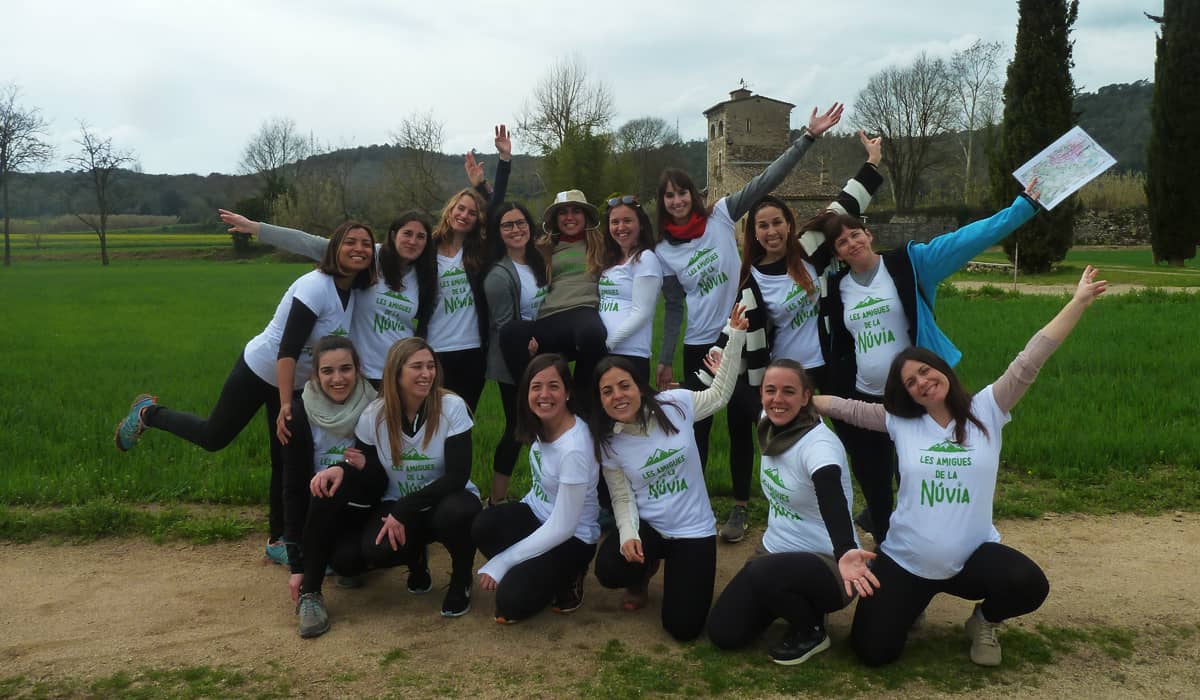Overview of Spain Population!
As of January 1, 2024, Spain's population is estimated to be approximately 48.6 million, marking a significant increase from previous years. This growth reflects a complex interplay of factors including birth rates, death rates, and migration patterns.
Spain Population
Current Demographics
- Total Population: Approximately 48,797,875 as of mid-2024.
- Population Growth Rate: The growth rate is relatively low at 0.13%, indicating a slow but steady increase in population numbers.
- Birth and Death Rates: The birth rate stands at 6.9 births per 1,000 population, while the death rate is recorded at 9.8 deaths per 1,000 population. This results in a natural decrease in population without accounting for migration.
- Life Expectancy: Life expectancy in Spain is notably high at 82.55 years, with women living longer on average (85.4 years) compared to men (79.84 years).
Age Structure
The age demographics of Spain reveal important trends:
- Children (0–14 years): Approximately 14.26% of the population.
- Working Age (15–64 years): About 65.97%.
- Elderly (65 and over): Roughly 19.77%, indicating an aging population which poses future challenges for social services and healthcare.
Fertility and Migration
Spain's fertility rate is notably low at just 1.16 children per woman, significantly below the replacement level of 2.1, which has raised concerns about long-term demographic sustainability. Contributing to this demographic landscape is a substantial migration influx:
- In the first half of 2022 alone, Spain welcomed nearly 479,000 new immigrants, resulting in a net migration figure of about 258,547 after accounting for emigration.
- As of early 2024, foreign nationals constitute about 18% of the total population, with significant numbers coming from Latin America and North Africa.
Regional Distribution
Population density varies significantly across Spain:
- The most populous regions include Andalusia (over 8.6 million), Catalonia (over 8 million), and Madrid (around 7 million).
- Urban areas tend to be more densely populated compared to rural regions, with coastal cities often experiencing higher population concentrations.
Spain Population Conclusion
Spain's demographic profile is characterized by an aging population, low fertility rates, and significant immigration. These factors will continue to shape the country's social and economic landscape in the coming years. The balance between natural population decline and the influx of immigrants will be crucial for maintaining economic vitality and social cohesion in Spain as it navigates these demographic challenges.
Recommended Activity: Coasteering!
Coasteering is an exhilarating coastal adventure activity that combines swimming, climbing, scrambling, and cliff jumping!

Explore the rugged beauty of the coastline while navigating through sea caves, rock formations, and tidal pools.
Experience an adrenaline-pumping journey with professional guides in stunning natural environments.
Discover the thrill of coasteering today!
Local Beauty Salon Near Me
Accountant or certified financial professional!
Party Barcelona boat and pool
Ortopedia cerca de mi